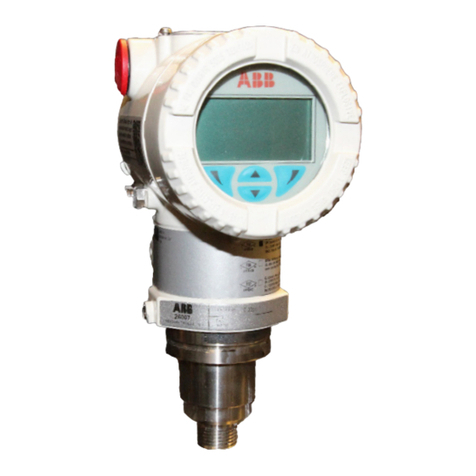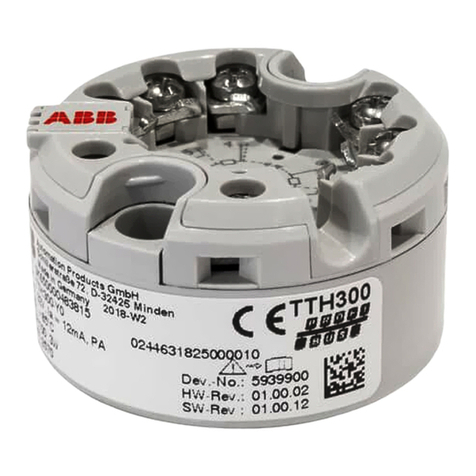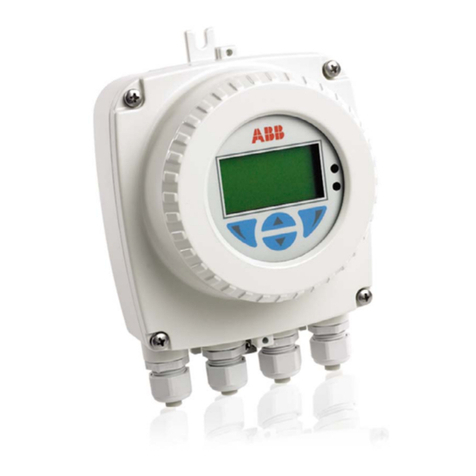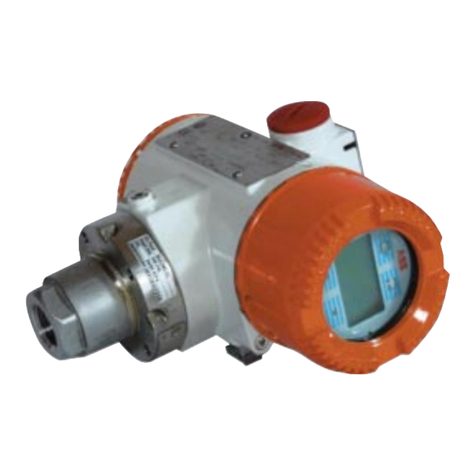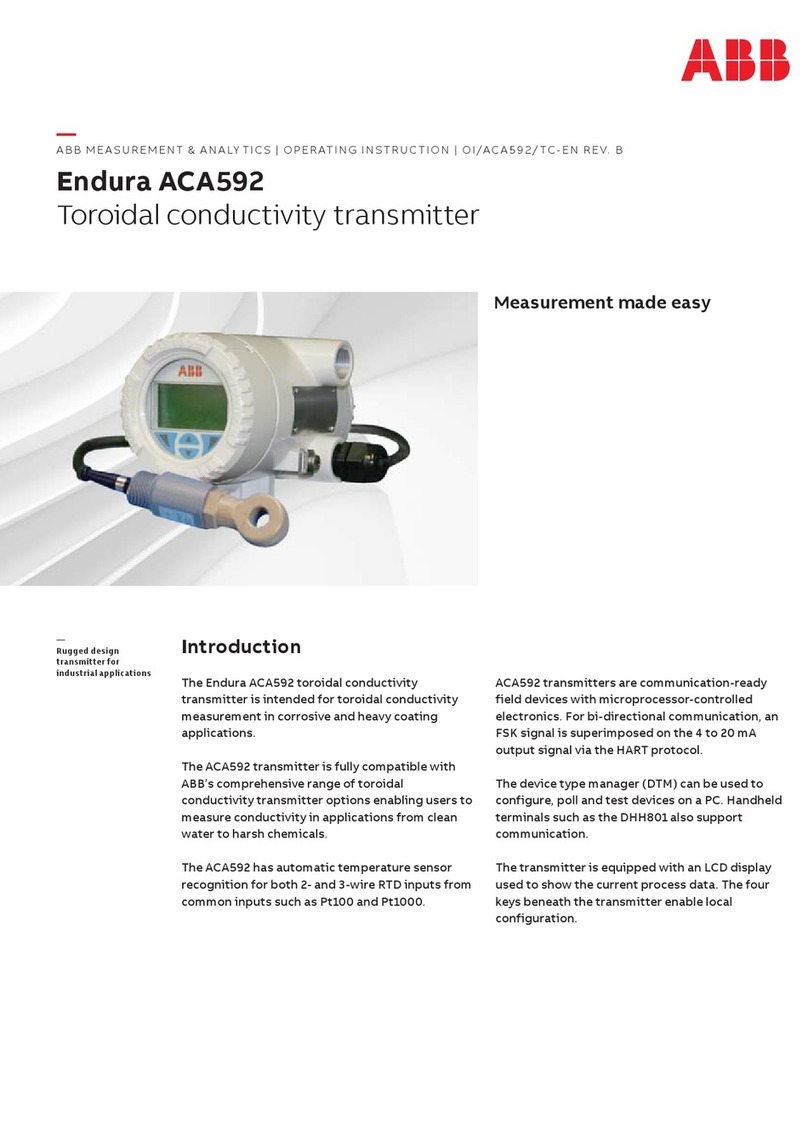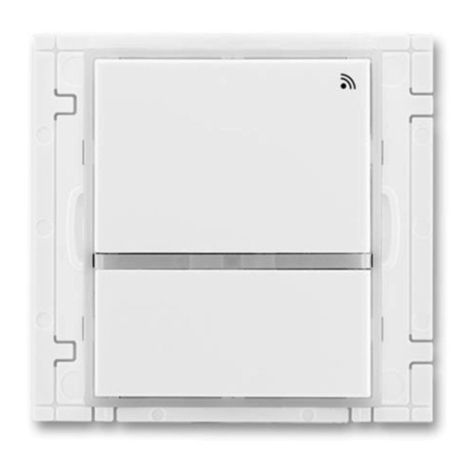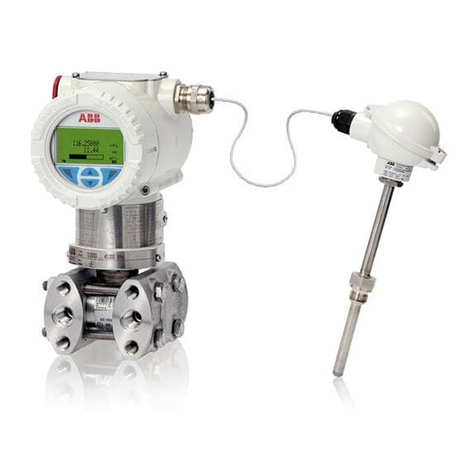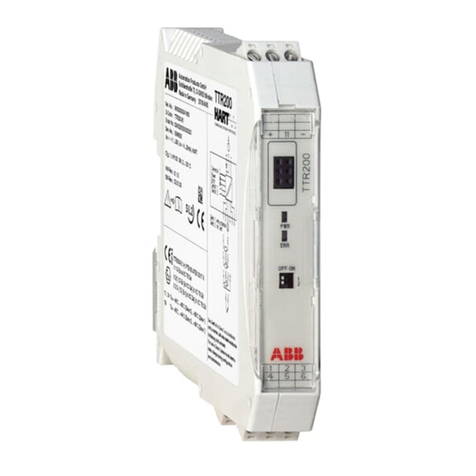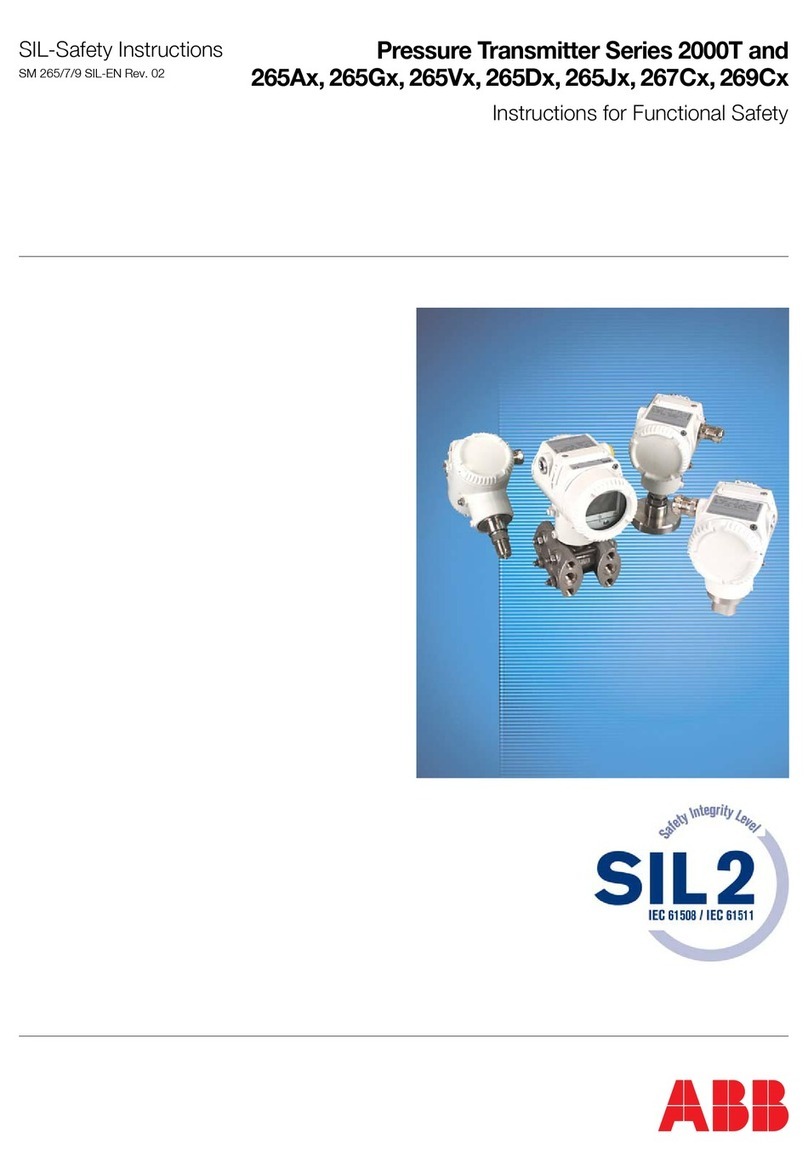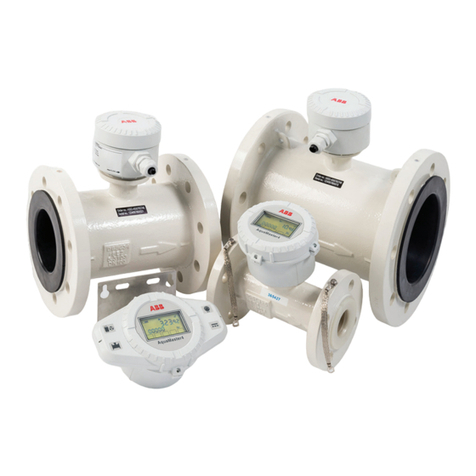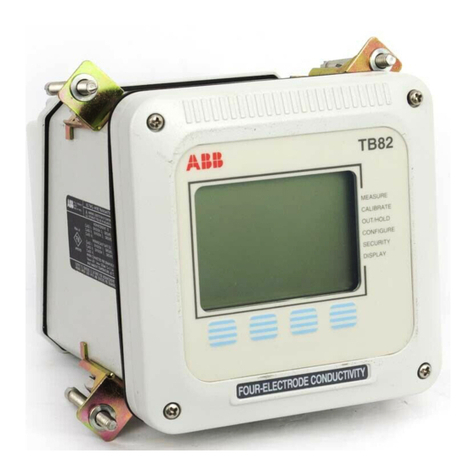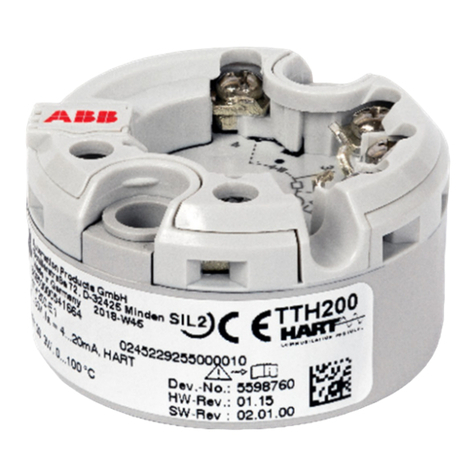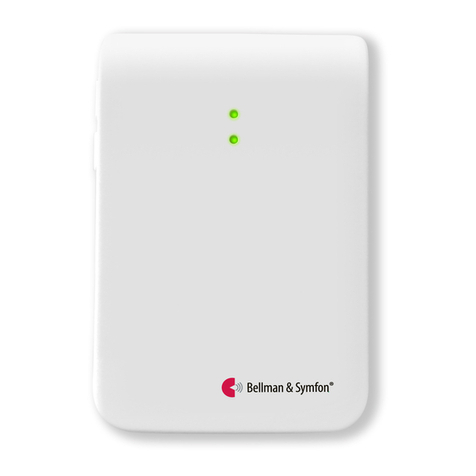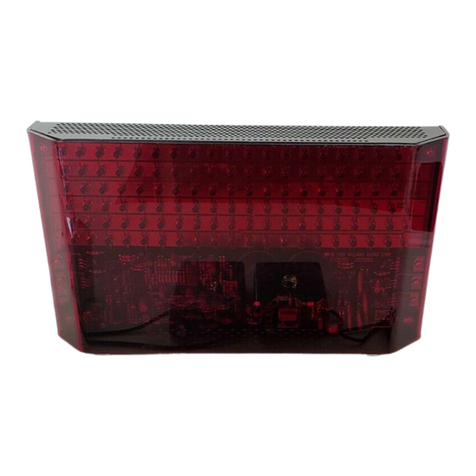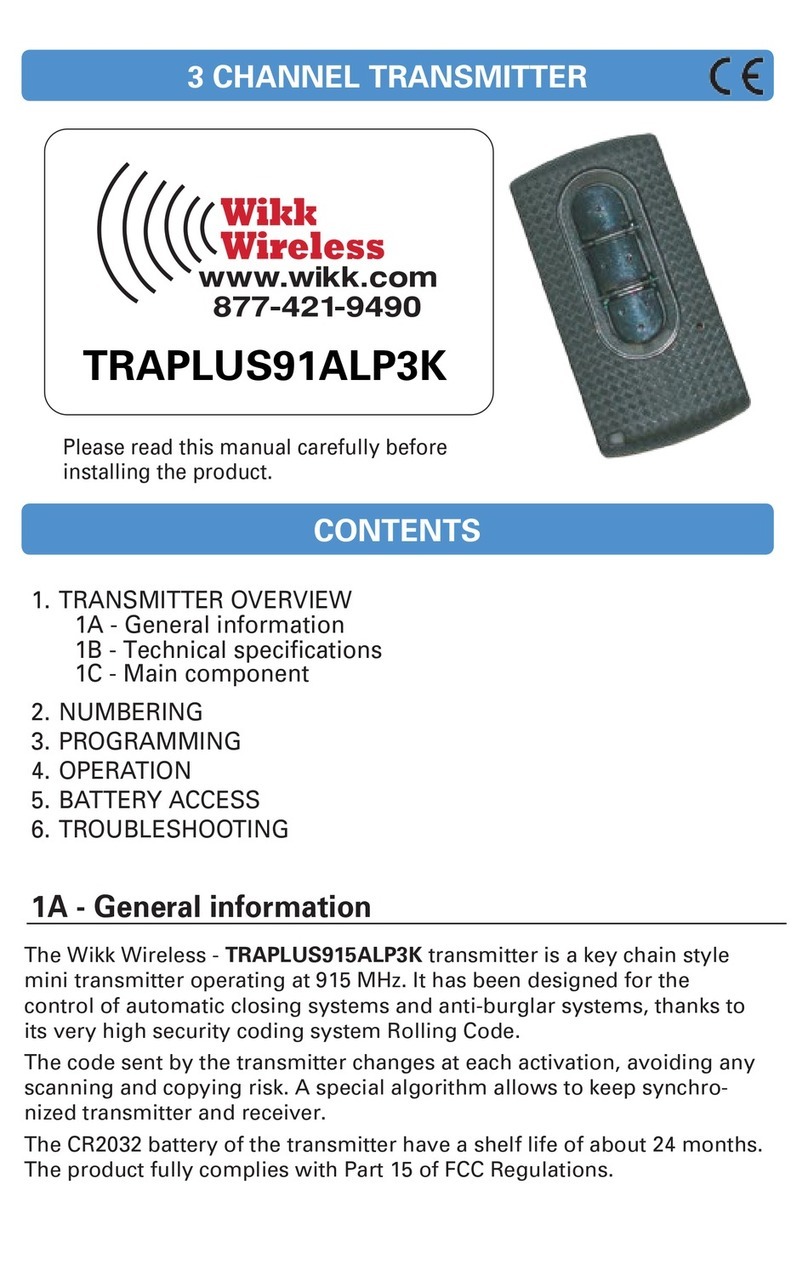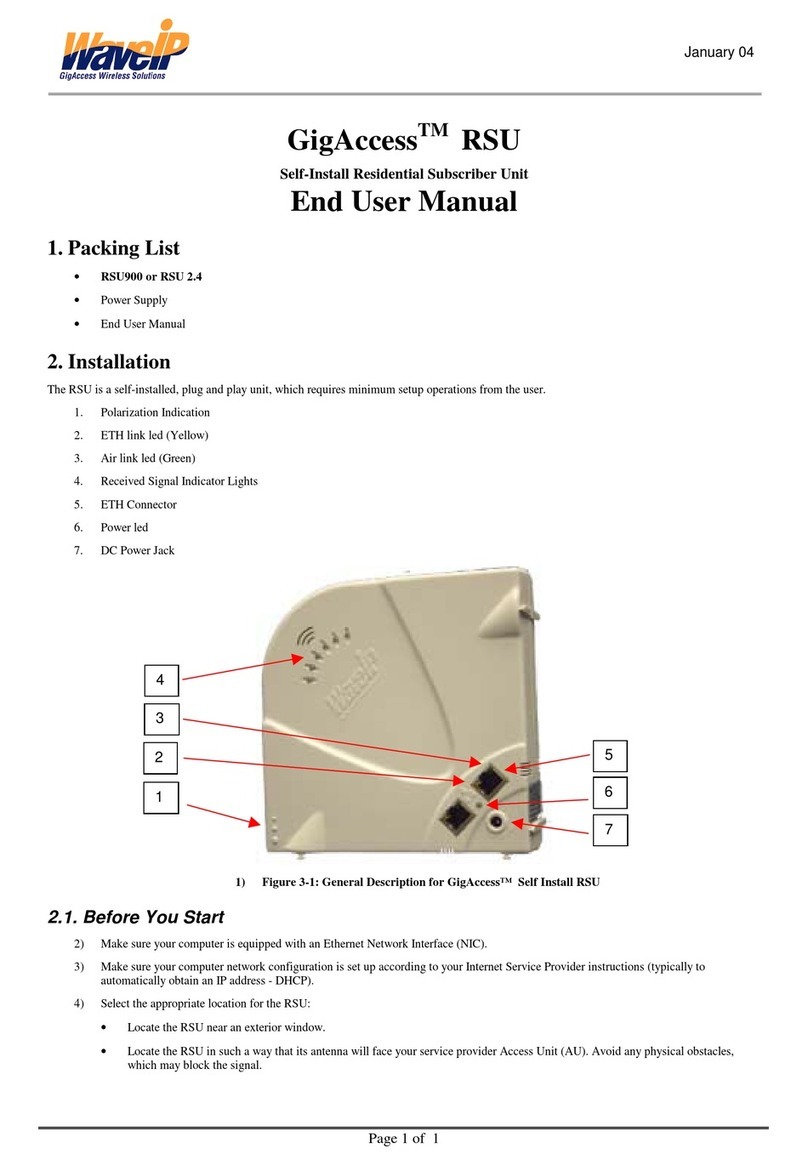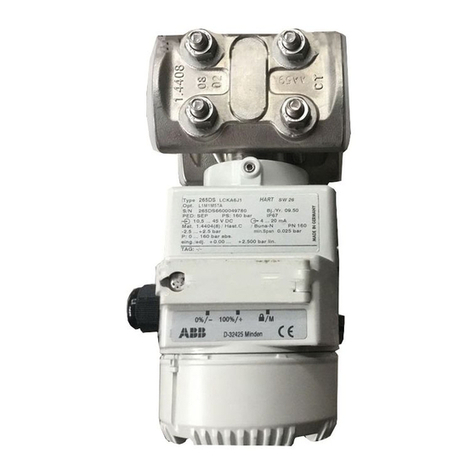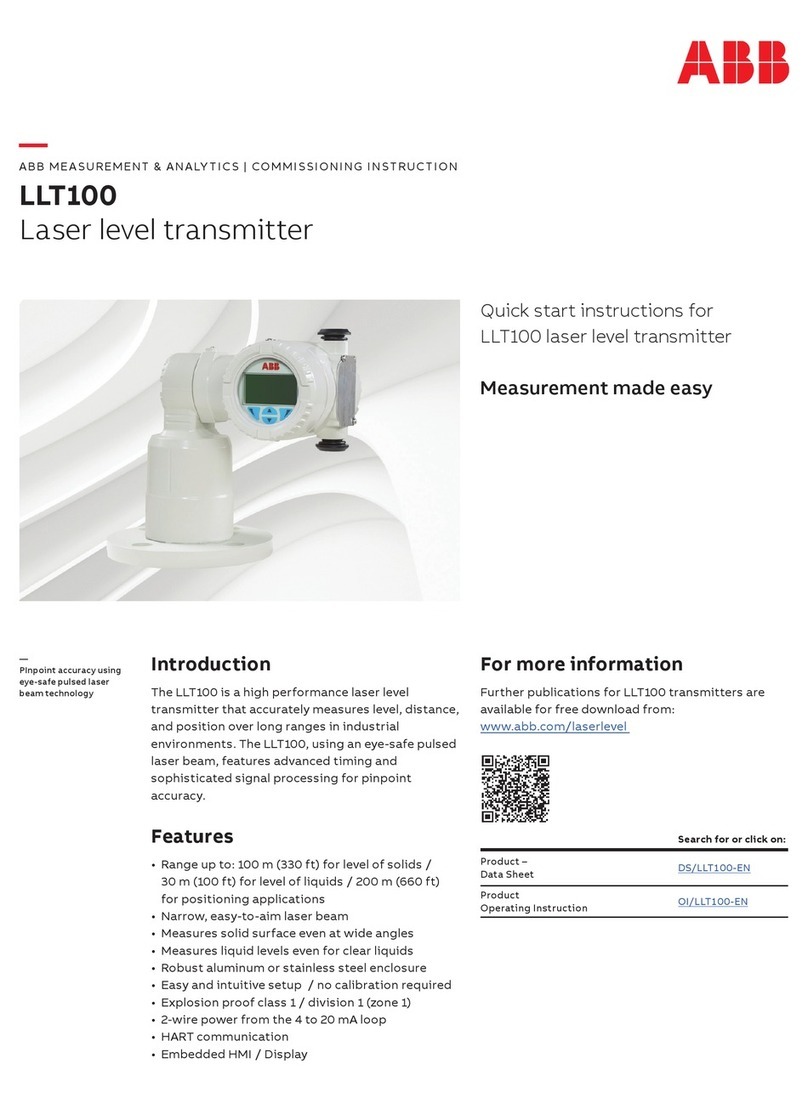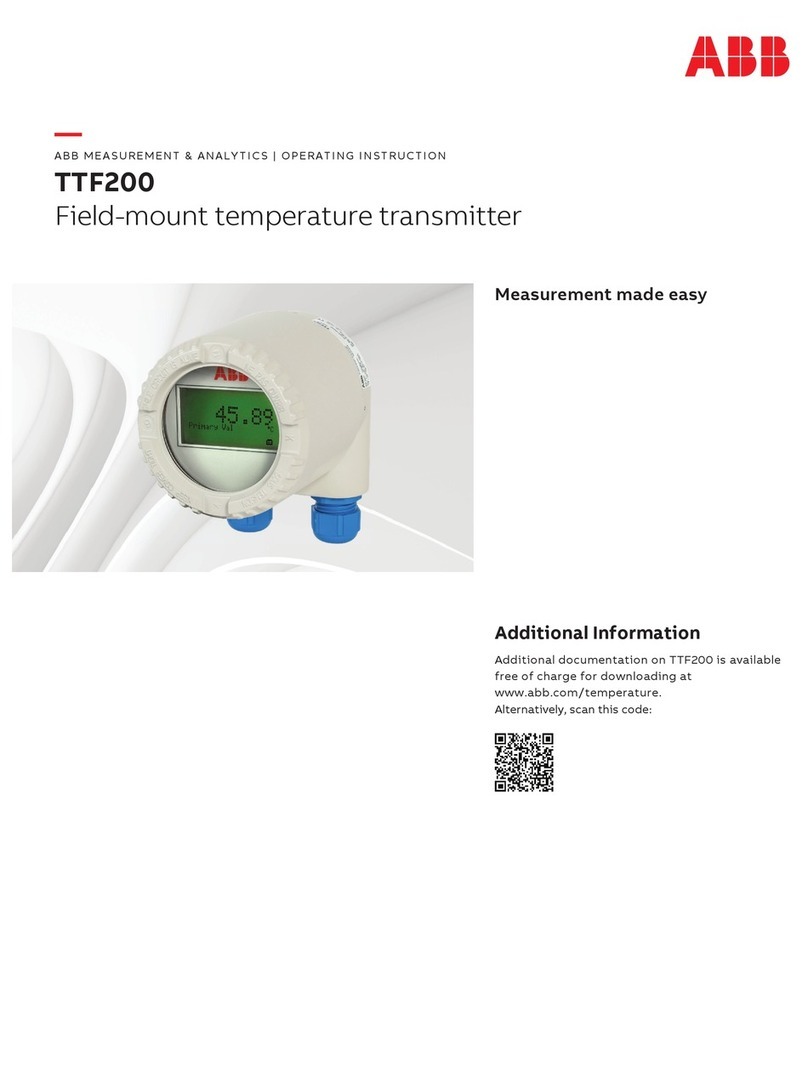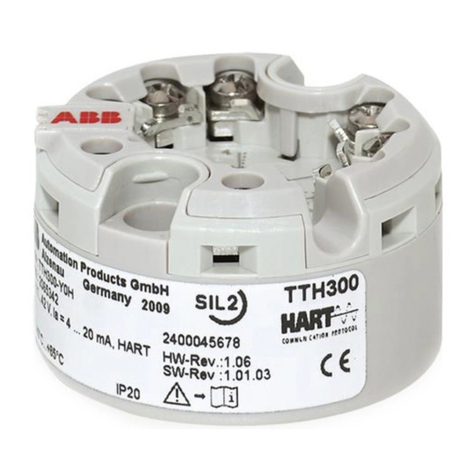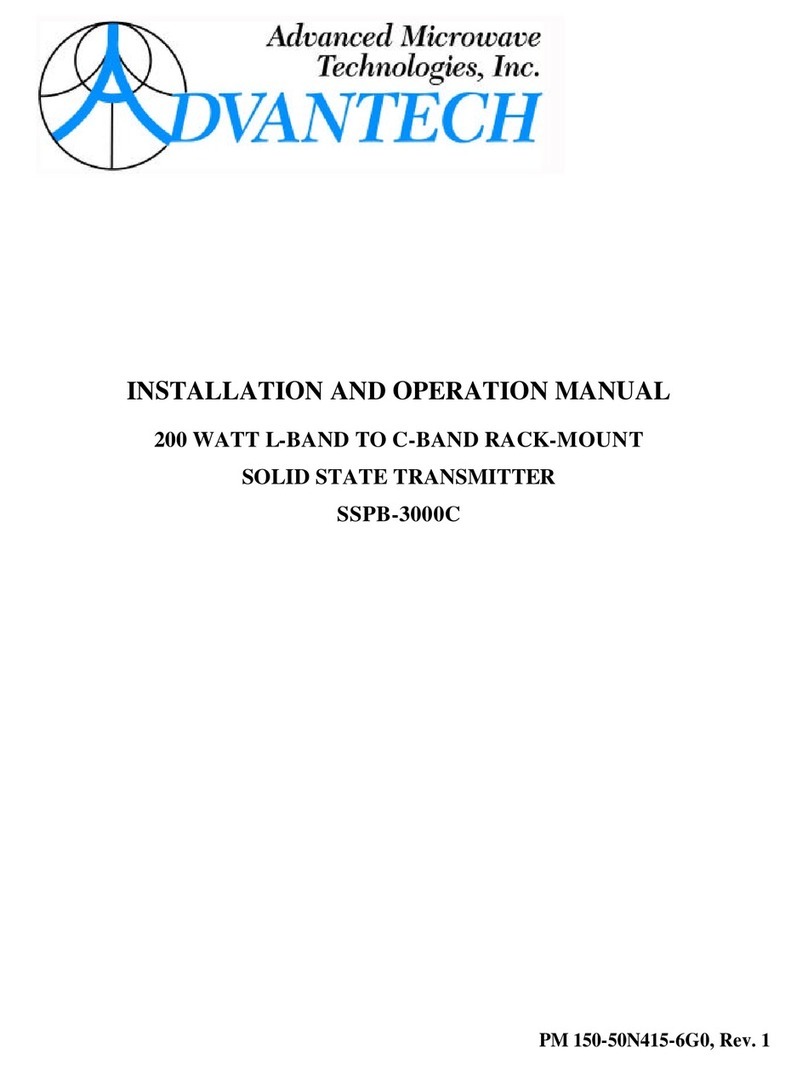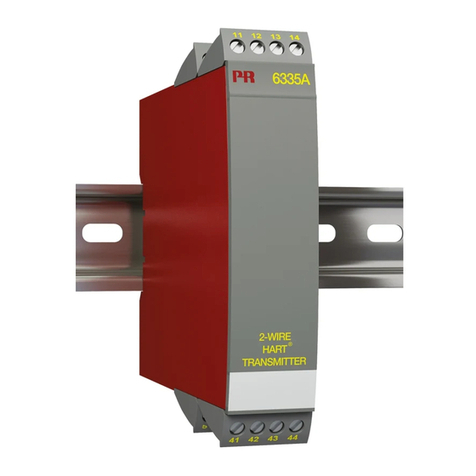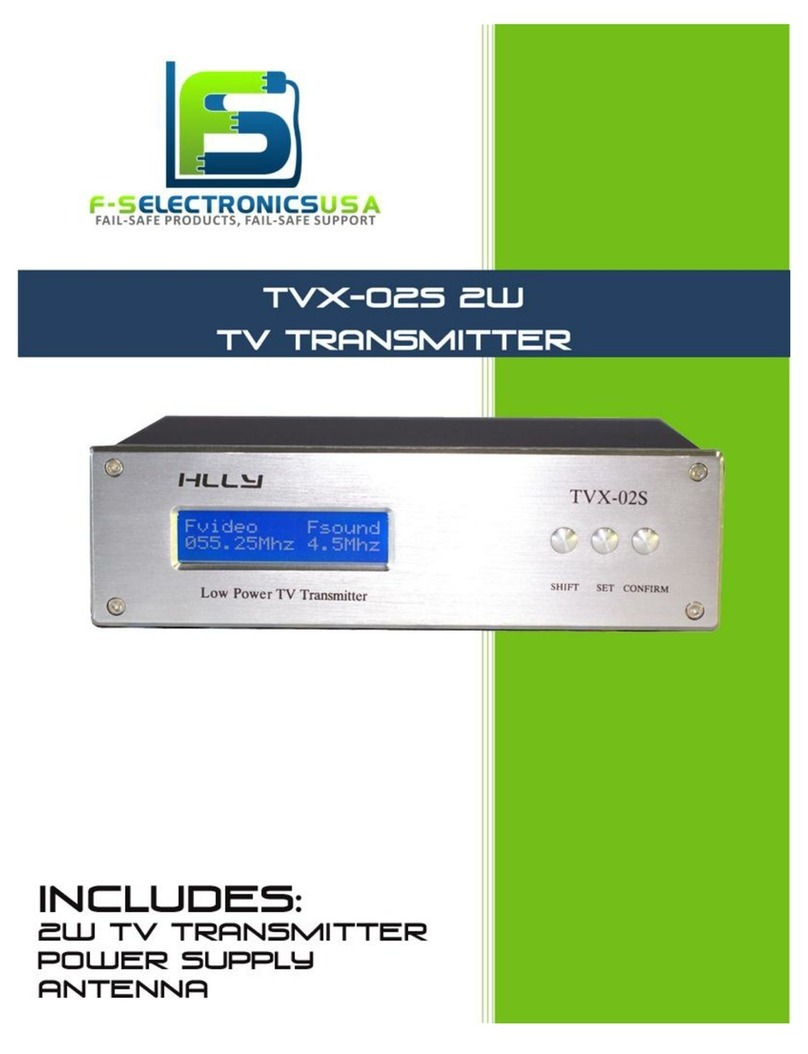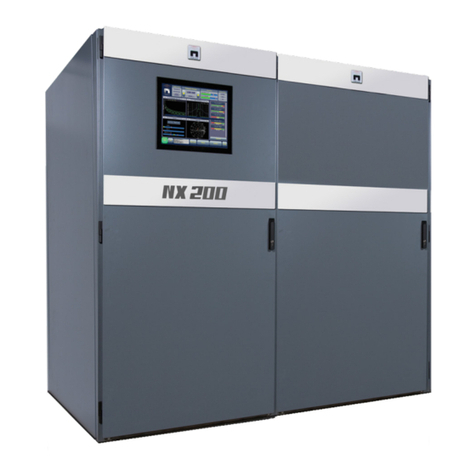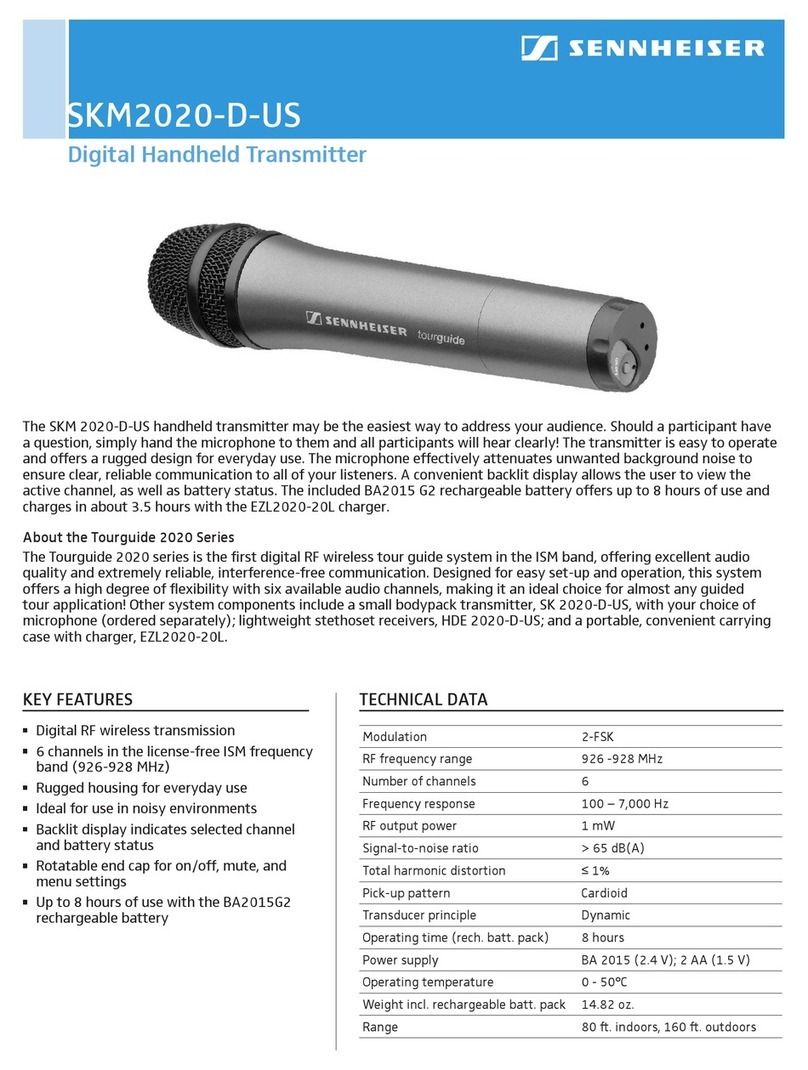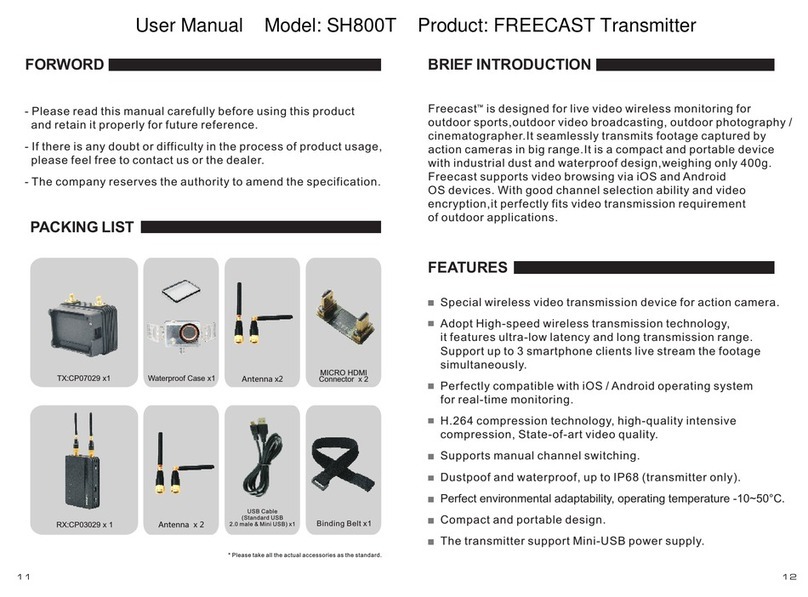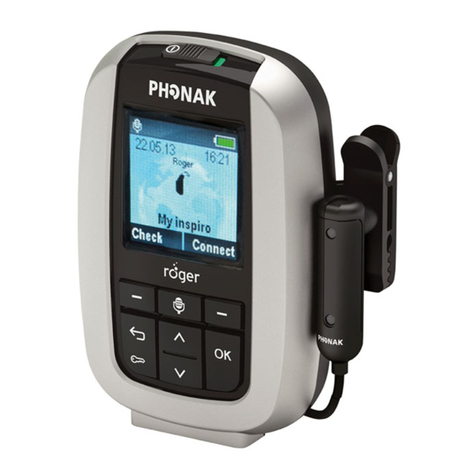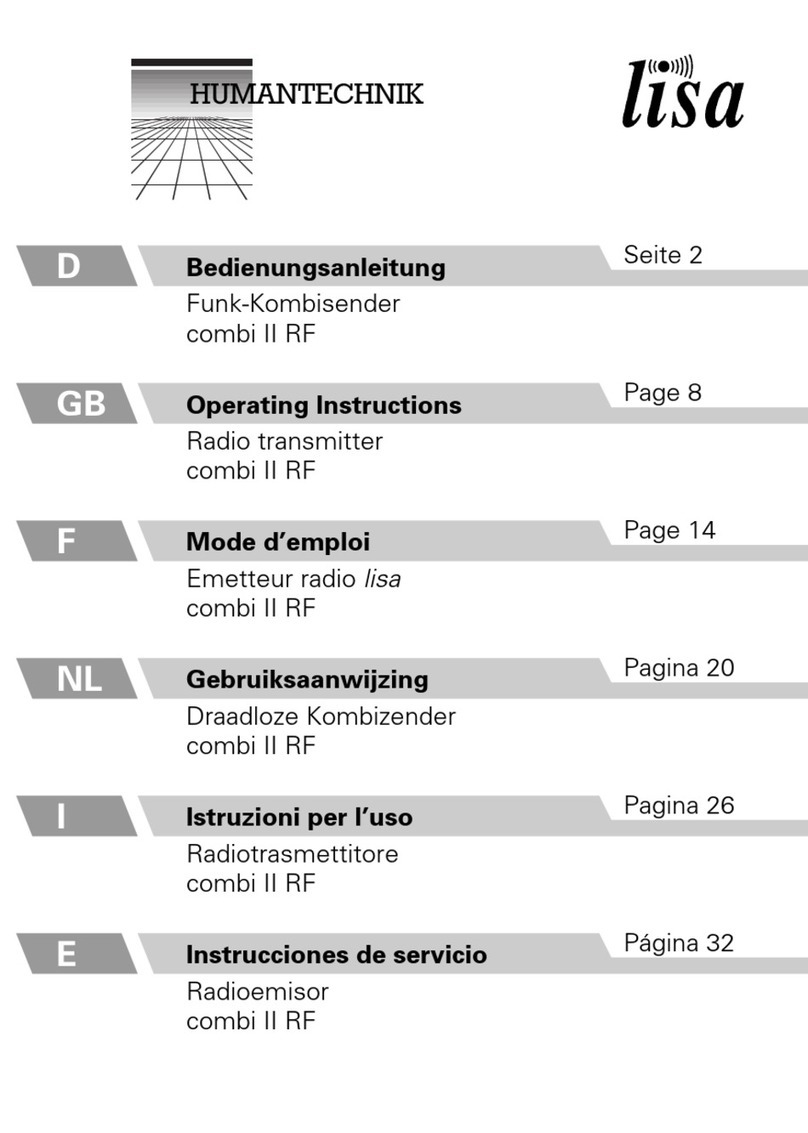
Contents
IM/265Gx/Ax-EN-07 265Gx, 265Ax 3
1Safety.............................................................................................................................................................6
1.1 General information and notes for the reader ................................................................................................6
1.2 Intended use...................................................................................................................................................6
1.3 Technical limit values .....................................................................................................................................6
1.4 Improper use ..................................................................................................................................................7
1.5 Target groups and qualifications ....................................................................................................................7
1.6 Warranty provisions........................................................................................................................................7
1.7 Plates and symbols ........................................................................................................................................8
1.7.1 Safety-/ warning symbols, note symbols.................................................................................................8
1.8 Name plate .....................................................................................................................................................9
1.8.1 Compliance with Pressure Equipment Directive (97/23/EC) ................................................................11
1.9 Transport and storage..................................................................................................................................12
1.10 Safety instructions for electrical installation .................................................................................................12
1.11 Safety information for inspection and maintenance .....................................................................................12
1.12 Returning devices.........................................................................................................................................13
1.13 Integrated management system...................................................................................................................13
1.14 Disposal........................................................................................................................................................13
1.14.1 Information on WEEE Directive 2002/96/EC (Waste Electrical and Electronic Equipment).................13
1.14.2 RoHS Directive 2002/95/EC .................................................................................................................14
2Use in potentially explosive atmospheres...............................................................................................15
2.1 Type-examination certificate/Declaration of conformity ...............................................................................15
2.2 Type of protection "intrinsic safety Ex i" .......................................................................................................15
2.3 Use in areas with combustible dust..............................................................................................................16
2.4 Category 3 for use in "Zone 2" .....................................................................................................................16
2.5 Type of protection "flameproof enclosure Ex d" ...........................................................................................17
2.6 Type of protection "intrinsic safety i", "flameproof enclosure d", "protection by enclosure tD", and "non-
sparking nA" .................................................................................................................................................18
2.7 Canadian Standards Association (CSA): "Explosion-proof" ........................................................................18
2.8 Aspects of "Ex safety" and "IP protection" for Australian applications.........................................................19
3Design and function...................................................................................................................................21
3.1 Principle of operation and construction........................................................................................................22
4Mounting .....................................................................................................................................................25
4.1 General.........................................................................................................................................................25
4.2 IP designation...............................................................................................................................................25
4.3 Pressure transmitter .....................................................................................................................................26
4.4 Sealing and screw connections....................................................................................................................26
4.5 Moisture........................................................................................................................................................27
4.6 Impulse line ..................................................................................................................................................27
5Electrical connections ...............................................................................................................................28
5.1 Cable connection..........................................................................................................................................28
5.2 Electrical connection in the cable connection area ......................................................................................29
5.3 Electrical connection with plug .....................................................................................................................31
5.4 Assembling and connecting the socket connector.......................................................................................32
5.5 Protective conductor / Grounding.................................................................................................................33
5.6 Integrated lightning protection (optional)......................................................................................................33
5.7 Communication setup...................................................................................................................................34
5.8 Connecting cable..........................................................................................................................................36




















